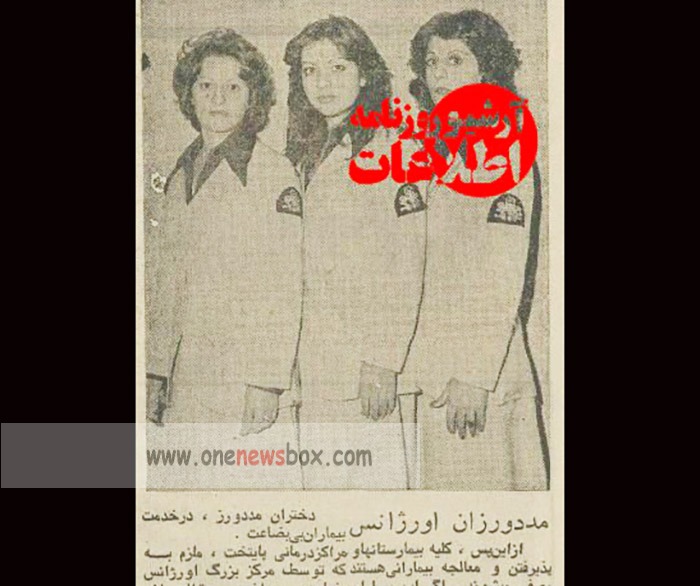When the war began in 1980, the organization played a vital role in evacuating and treating wounded soldiers and civilians. The Emergency Center helped establish the first medical evacuation units at Iranian airports, ensuring rapid transport of the wounded from battle zones to hospitals across the country. Many of its staff became martyrs or veterans, sacrificing their lives and health in the line of duty.
The war years also saw severe losses in equipment and ambulances, many of which were destroyed or repurposed for frontline use. Yet, despite these challenges, the emergency system remained operational and even expanded, demonstrating remarkable endurance and national dedication.
Post-War Recovery and National Expansion
After the end of the war, Iran entered a period of reconstruction. As cities grew and the population increased, the need for organized medical emergency services became even greater. The Emergency Organization began rebuilding its infrastructure, acquiring new vehicles, and expanding coverage across all provinces.
One of the system’s most important principles was free service—emergency medical care and transport were offered to all citizens at no cost. This policy reflected a commitment to equality and humanitarian service, ensuring that even the most vulnerable could receive life-saving treatment without financial barriers.

